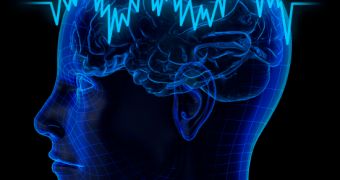Speaking at an anesthetists meeting in Dublin this past September 19, Dr. Jaideep Pandit with the St. John's College in England argued that, according to evidence at hand, it is possible that previously undocumented state of consciousness exists.
People who find themselves in this state of mind following their having been administered anesthetics are neither fully conscious nor unconscious, Dr. Jaideep Pandit explained.
Specifically, they can respond to commands, but they do not feel pain and cannot consciously decide to spontaneously move various parts of their bodies. Live Science tells us that Dr. Jaideep Pandit reached the conclusion that there might be such a thing as a third state of consciousness, which he decided to name dysanaesthesia, while monitoring 34 surgical patients.
These individuals were anesthetized, and their bodies were paralyzed. The only body part that escaped paralysis was their forearm, which the researchers kept free of paralyzing drugs by blocking the blood supply.
Despite being under anesthesia, the patients moved their finger when Dr. Jaideep Pandit asked them to do so. However, they did not do it out of their own accord.
“What's more remarkable is that they only move their fingers if they are asked. None of the patients spontaneously responded to the surgery. They are presumably not in pain,” the specialist details.
From Dr. Jaideep Pandit's standpoint, this indicates that the individuals taken into consideration for this study were neither completely knocked out, nor conscious. On the contrary, they were somewhere in between.
The researcher says his findings could explain why it is that some people recall being somewhat aware during surgery, despite the fact that equipment used to monitor them indicated that they were unconscious.
Dr. Jaideep Pandit admits that, for the time being, there is no conclusive proof that dysanaesthesia is real. However, he claims that, “It's a hypothesis for future research, it's something that we can explore further and design experiment to see if it really exist.”

 14 DAY TRIAL //
14 DAY TRIAL //